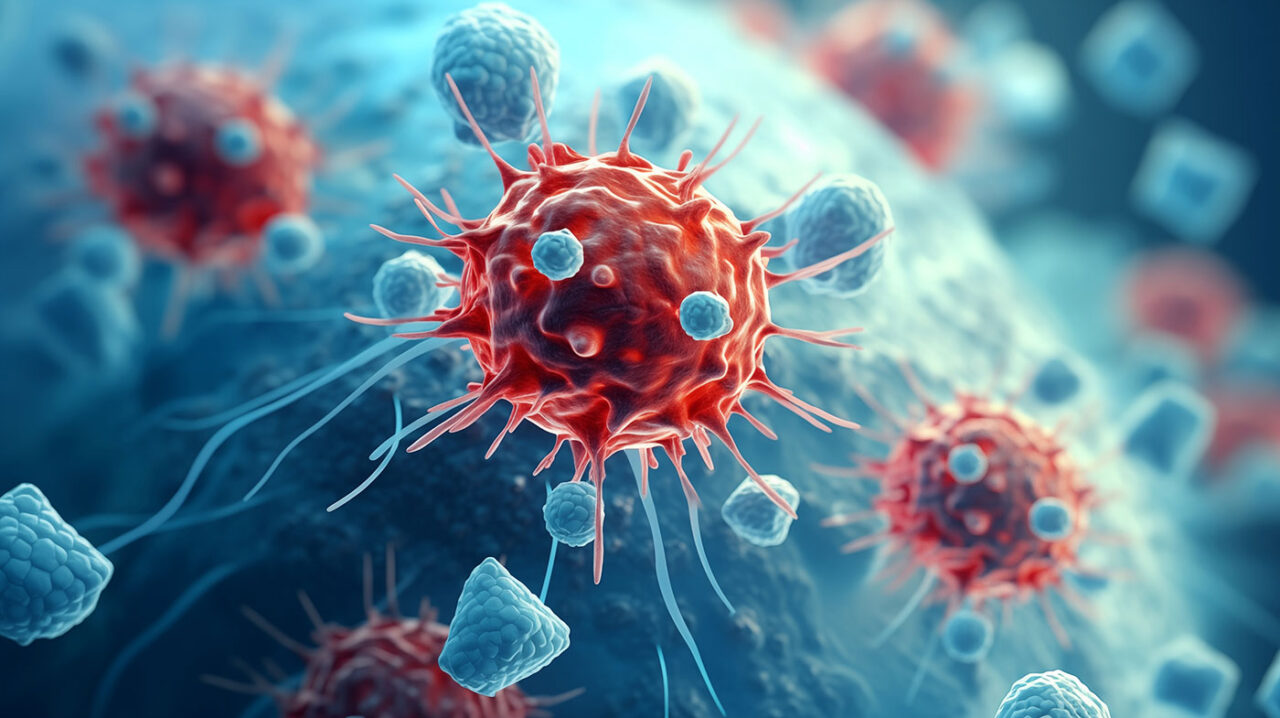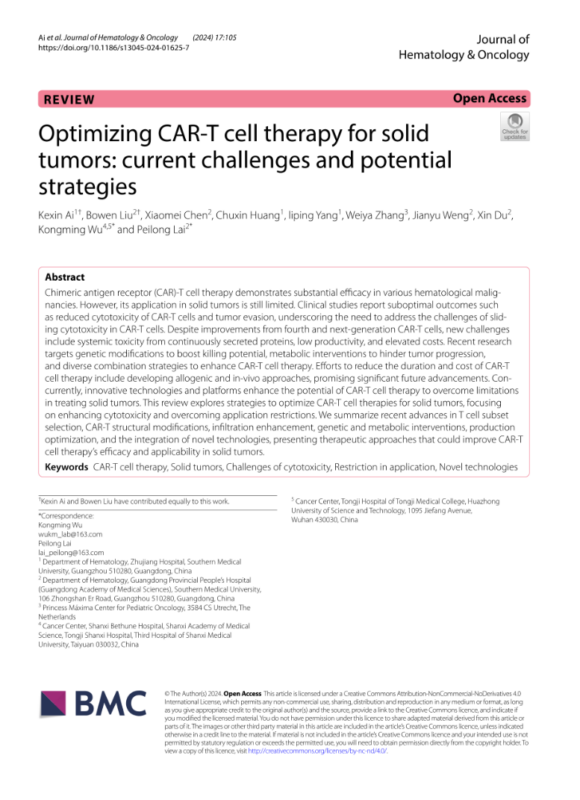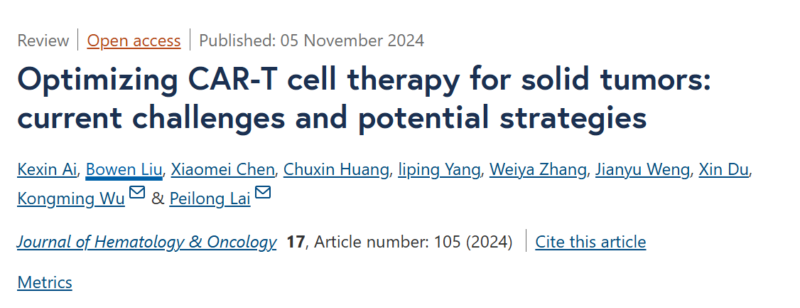
Francisco Conesa Buendía: Advancing CAR-T Cell Therapy for Solid Tumors
Francisco Conesa Buendía, Assistant of Cell and Gene Therapies Manufacturing at Memorial Sloan Kettering Cancer Center, shared on LinkedIn:
“Advancing CAR-T Cell Therapy for Solid Tumors.
CAR-T therapy holds promise beyond blood cancers, but solid tumors present particular hurdles. Here’s how innovative strategies are helping CAR-T therapy advance the treatment of solid tumors, which is well explained in this recent comprehensive and extensive review:
1. Optimized T Cell Subsets
Selecting specific T cell types like CD8+ for granzyme production, or γδ T cells for navigating the tumor microenvironment (TME), improves efficacy. Adjusting the CD4/CD8 ratio also enhances immune response, creating a balanced approach to improve persistence and reduce relapse.
2. Next-Gen CAR Structures
New CAR designs target dual antigens to improve precision and avoid off-target effects. Adding co-stimulatory domains like IL-15, 4-1BB, and PD1/CD28 switch receptors strengthens the CAR-T cells, allowing for better targeting and enhanced persistence within the immunosuppressive TME.
3. Genetic and Metabolic Enhancements
Gene editing (e.g., CRISPR to target FOXO1 and cbl-b) helps prolong CAR-T cell effectiveness by increasing cytotoxicity and reducing exhaustion. Adjusting metabolism (like glycolysis and glutaminolysis) further boosts survival and potency within the TME, helping CAR-T cells withstand harsh conditions and maintain functionality.
4. Combination Therapy for Synergy
Combining CAR-T with molecular drugs (like HDAC and IAP inhibitors) or metabolic modulators (inosine, NAD+) strengthens anti-tumor effects, combats resistance, and enhances CAR-T cell durability. These powerful pairings enable CAR-T cells to tackle both cancer cells and immunosuppressive signals within the TME.
5. Addressing Toxicity: CRS and ICANS
Innovative strategies reduce Cytokine Release Syndrome (CRS) and neurotoxicity (ICANS), common in CAR-T therapy. Selective cytokine control using IL-6 sponges and early intervention protocols for ICANS are now in place to protect patient safety while preserving CAR-T’s therapeutic impact.
6. Reducing Production Time and Cost
New ‘in vivo’ production methods directly transduce CAR genes into patients’ cells, minimizing lab time and reducing rejection risks. Improved vector technology (e.g., lentiviral, AAV) enhances delivery, making CAR-T more affordable and accessible, pushing toward next-gen CAR-T solutions for solid tumors.
With these targeted improvements, CAR-T therapy for solid tumors is poised to transform treatment options, making this a pivotal era for immunotherapy and precision oncology!”

Optimizing CAR-T cell therapy for solid tumors: current challenges and potential strategies
Authors: Kexin Ai, Bowen Liu, Xiaomei Chen, Chuxin Huang, Liping Yang, Weiya Zhang, Jianyu Weng, Xin Du, Kongming Wu, Peilong Lai

CAR T Cell Therapy for Cancer Treatment
-
Challenging the Status Quo in Colorectal Cancer 2024
December 6-8, 2024
-
ESMO 2024 Congress
September 13-17, 2024
-
ASCO Annual Meeting
May 30 - June 4, 2024
-
Yvonne Award 2024
May 31, 2024
-
OncoThon 2024, Online
Feb. 15, 2024
-
Global Summit on War & Cancer 2023, Online
Dec. 14-16, 2023
